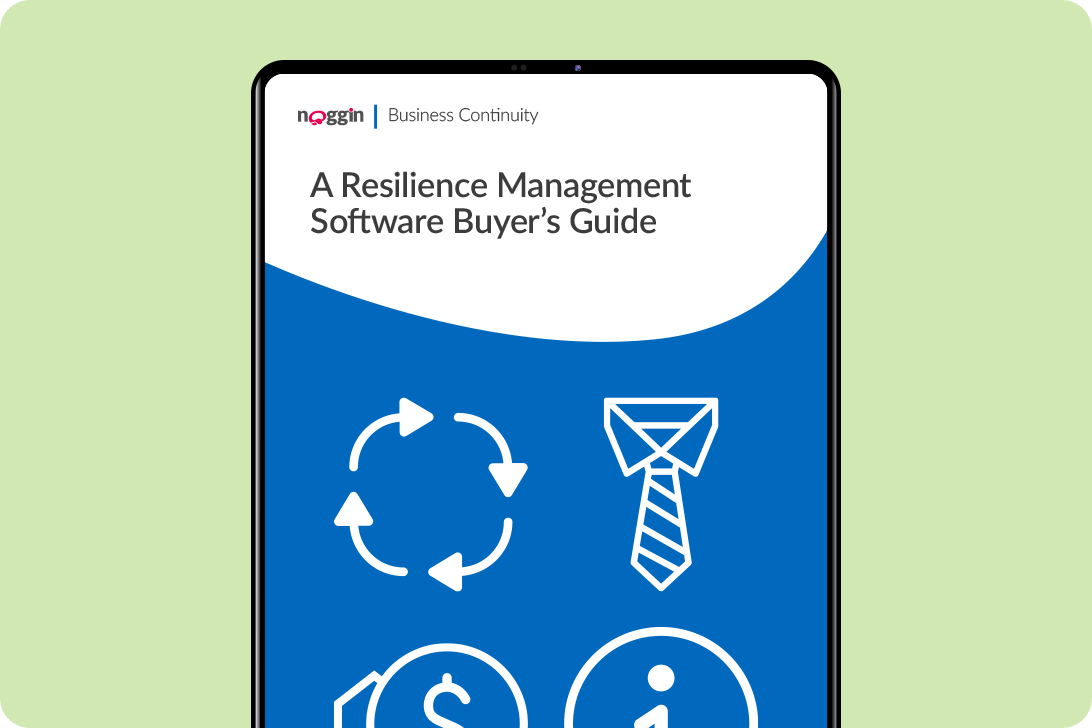Request a Demo
Fill in the form below and we will contact you shortly to organised your personalised demonstration of the Noggin platform.
Meet Noggin
An integrated resilience workspace that seamlessly integrates 10 core solutions into one, easy-to-use software platform.
The Noggin Platform
The world's leading integrated resilience workspace for risk and business continuity management, operational resilience, incident & crisis management, and security & safety operations.
Industries
Explore Noggin's integrated resilience software, purpose-built for any industry.
A Guide to Mitigating the Safety Risk to Lone Workers
Best Practice Guide
Identifying the lone workers in your organization
Lone worker, it’s a pretty capacious term. But unless organizations have a detailed understanding of who’s included in the category, they might be unwittingly misidentifying their lone worker populations. The consequence of doing so: companies incur higher-than necessary levels of work health and safety risk.
So who are the lone workers in your organization? It might be difficult to tell. After all, a lone worker doesn’t always work alone. Most jurisdictions, for instance those in Australia, define lone work as professional work undertaken in a remote or isolated fashion and carried out in a fixed facility or away from a worker’s typical base.
Traditional representatives of the lone-worker class include social workers, security officers, truck drivers, delivery agents, realtors, in-home health aides, and traveling sales people. Meanwhile, the industries who’ve historically employed the bulk of the lone-worker population include manufacturing, construction, property maintenance and real estate, retail, healthcare, utilities, operational security, logistics, energy, and the creative industries.
The take-off of mobile work in advanced economies complicates that picture a bit, though, as does the growth of contracting and subcontracting, which is actively swelling the ranks of lone workers. In most jurisdictions, now, lone worker is just a catchall term used to describe any employee, direct or contracted, who works in a location where regular communications and steady supervision aren’t always available, as explains the New Zealand Ministry of Business Innovation and Employment.
Download the full guide to continue reading >>



